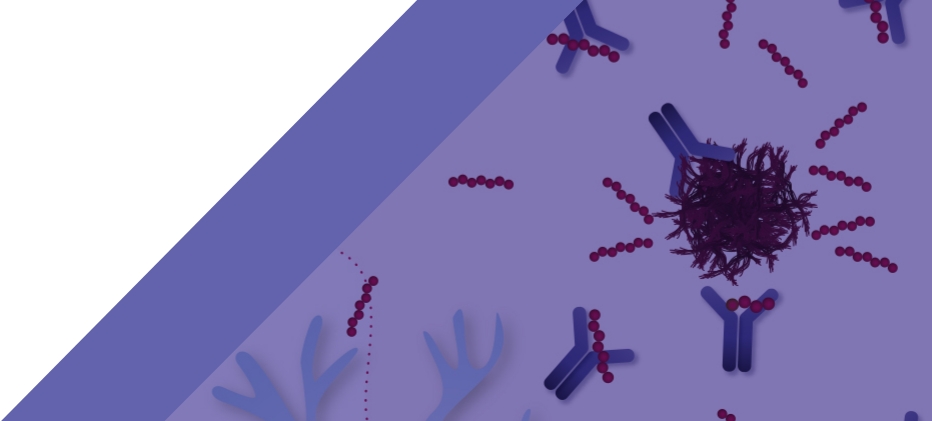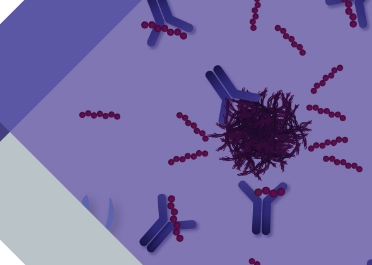AD is an ongoing neurotoxic process that begins before and continues after plaque deposition*1-3
At the center of the amyloid cascade model, continuous accumulation of toxic protofibrils contributes to neurodegeneration and eventually to neuronal death2,4


- The Aβ cascade also triggers downstream molecular pathways, including tau pathology, which further contribute to neurodegeneration2
*Aβ converts bidirectionally into larger and smaller forms, including oligomers (9-75 kDa) and protofibrils (>75-5000 kDa).2,5
LEQEMBI clears more than just plaque.1,3,6
Dual-acting LEQEMBI also supports neuronal function by clearing highly toxic protofibrils that can continue to cause neuronal injury and death even after plaques are cleared1,2,6-10
LEQEMBI selectively targets the most neurotoxic Aβ aggregates, oligomers and protofibrils, preventing Aβ deposition before plaques develop and removing existing plaques1,2,5,11-14


- Lecanemab-irmb is a humanized immunoglobulin gamma 1 (IgG1) monoclonal antibody directed against aggregated soluble forms (oligomers and protofibrils) and insoluble forms (fibrils) of Aβ1,2
- LEQEMBI is the only anti-amyloid antibody that preferentially binds with highest affinity to toxic protofibrils (with 10-15x higher selectivity versus fibrils, and >1000-fold selectivity versus Aβ monomers)3,15,16,17
*Mechanism of disease and LEQEMBI mechanism of action data from in vitro studies and in vivo animal models.1,2




